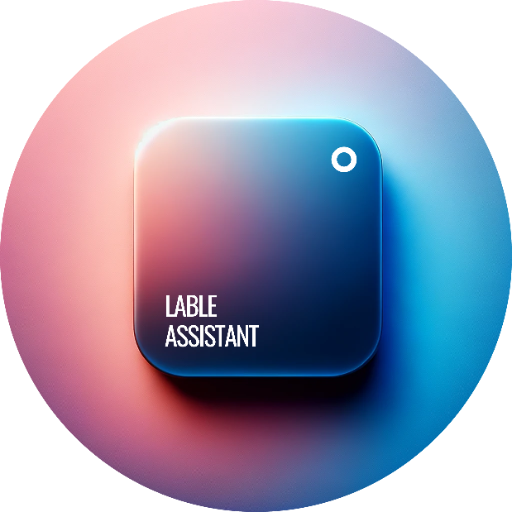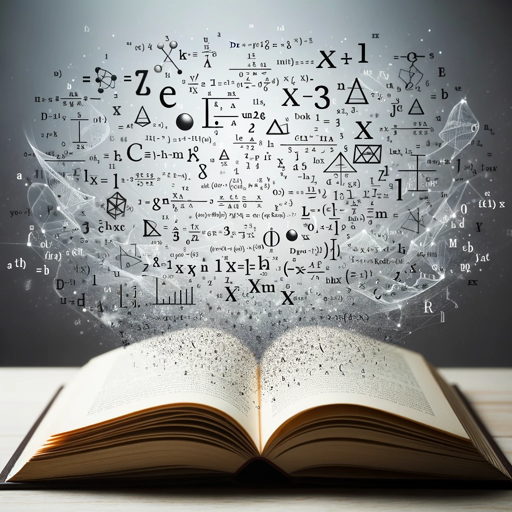Image Locator-AI image location analysis
AI-Powered Image Location Detection
Upload an image for location identification
Show me a picture, and I'll guess where it's from
Need to know where a photo was taken? Upload it here
Curious about an image's location? Let me analyze it
Related Tools
Load More
Describe Image
I create detailed prompts for DALL·E 3 based on your images.
Reverse Image Search by Copyseeker
How to do a reverse image search? The answer is simple - use this custom GPT plugin and provide the image's URL. The plugin searches online databases for similar images and delivers results with sources and relevant information.

Image Search
A helpful guide for finding images based on user descriptions.

Accurate Image Describer
I expertly describe images with detailed, structured analysis.

Label Assistant
Lable the image/bulk images for model training

POWERSOFT365 Image Finder
I search Google for images based on your descriptions and share links.
20.0 / 5 (200 votes)
Introduction to Image Locator
Image Locator is an advanced tool designed to analyze images with exceptional detail, identifying and deducing the location of the scenes depicted. Utilizing a combination of geographical knowledge, architectural styles, vegetation patterns, and climate indicators, Image Locator can offer highly accurate guesses about the location of various images. This tool is particularly useful for both well-known landmarks and more obscure places. For instance, if presented with an image of the Eiffel Tower, Image Locator would identify it as Paris, France, by recognizing the landmark itself. Conversely, if shown a less famous location, such as a specific street in a small town, it would analyze elements like building styles, street signs, and vegetation to make an informed guess.

Main Functions of Image Locator
Landmark Recognition
Example
Identifying the Eiffel Tower as being in Paris, France.
Scenario
A travel blogger needs to tag their photos accurately for a Paris travel guide.
Architectural Analysis
Example
Determining a building style as typical of Barcelona, Spain.
Scenario
An architecture student is researching different styles for a project and needs to identify the origins of various architectural designs.
Vegetation and Climate Assessment
Example
Recognizing tropical vegetation indicative of Southeast Asia.
Scenario
A biologist studying plant distribution uses Image Locator to identify the locations where specific plants are found based on images from field research.
Ideal Users of Image Locator
Travel Enthusiasts and Bloggers
These users often have a large collection of travel photos and need to accurately tag locations for their blogs or social media posts. Image Locator helps them ensure the accuracy of their content, enhancing the credibility and informativeness of their travel guides.
Researchers and Academics
Researchers, especially in fields like geography, architecture, and botany, benefit from Image Locator by identifying the locations of various images critical to their studies. This can aid in data collection and analysis, contributing to more robust and accurate research outcomes.

How to Use Image Locator
1
Visit aichatonline.org for a free trial without login, also no need for ChatGPT Plus.
2
Upload the image you want to analyze. Ensure the image is clear and high-quality for the best results.
3
Wait for the AI to process the image. This might take a few seconds depending on the image complexity.
4
Review the location guesses provided. Each guess will come with a probability ranking and detailed reasoning.
5
Use the insights and detailed explanations for your research, travel planning, or any other application.
Try other advanced and practical GPTs
Dr. Discreet Riveros
AI-powered Discrete Math Solver.

Product Name Generator GPT
AI-powered product name generator

Market Researcher GPT
AI-powered insights for solopreneurs.

Marketing Framework GPT
AI-powered insights for smarter marketing strategies

Startup Valuation GPT
AI-powered business valuation and growth insights.

Landing Page Optimization GPT
AI-Powered Landing Page Optimization

Mergers and Acquisitions (M&A) Advisor
AI-driven insights for smarter M&A deals.
Information Assurance Advisor
AI-powered information assurance for secure systems
Web Analytics Advisor
AI-powered insights to boost marketing effectiveness
Enterprise Architecture Advisor
AI-driven insights for enterprise IT architecture
Internal Communications Advisor
Enhancing internal alignment through AI-powered strategies.
Treasury Operations Advisor
AI-powered treasury optimization for smart financial decisions.
- Research
- Education
- Photography
- Travel
- Exploration
Frequently Asked Questions about Image Locator
What types of images can I analyze with Image Locator?
You can analyze a wide range of images, including landscapes, cityscapes, landmarks, and more. The clearer and more detailed the image, the more accurate the location guesses will be.
How accurate are the location guesses?
The accuracy of the guesses depends on the details present in the image. Image Locator provides the top five guesses ranked by probability, ensuring a comprehensive analysis even if the primary guess isn't correct.
Can Image Locator help with obscure locations?
Yes, Image Locator is designed to analyze both famous and obscure locations using a variety of image details like architectural styles, vegetation, and landmarks.
Do I need any special software to use Image Locator?
No special software is required. Just visit aichatonline.org, upload your image, and get the results directly on the website.
What are the common use cases for Image Locator?
Common use cases include academic research, travel planning, identifying unknown locations in photographs, and enhancing geographical and cultural understanding.